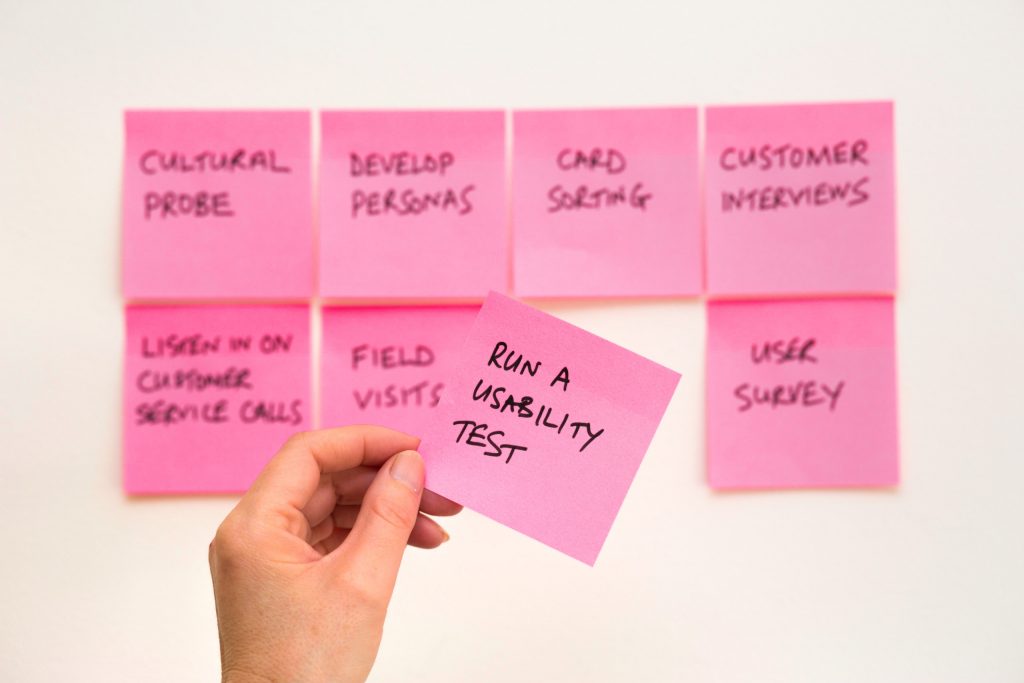The key to productivity is effective time and resource management. That’s why it’s critical for managers to strategically decide how those assets will be managed across the lifecycle of their project or program. There is a wide variety of tactics, processes and methodologies to explore. There are, however, four approaches that any government project manager must know, given their increased popularity and potential to dramatically improve productivity.
Waterfall
Waterfall, also known as “big bang” development, is the traditional project management approach, particularly in the public sector. In waterfall projects, requirements and timelines are established at the very beginning of a program and executed in a linear fashion. This approach ensures that agencies know exactly what they’re investing in, how much it will cost and when it will be delivered from the onset of a project. It generates predictable outcomes and is therefore easiest to plan and execute.
Nevertheless, many agencies are beginning to turn away from waterfall as the de facto development approach. Waterfall is best suited for projects with clearly defined problems that require a single, static solution. For instance, defense agencies will likely continue using waterfall to manage artillery or heavy machinery production because they know exactly what they need to produce to meet mission goals.
But today, many agencies require more flexible, software-defined solutions that can adapt as user needs and the digital landscape change. Waterfall project management does not offer that flexibility without significant modification.
Agile
Agile is an incremental approach to product development where specific components or features are ideated, created, tested and improved over time. Agile allows for continuous improvement of minimally viable products (MVPs) so that organizations can quickly fine-tune or even completely change their products as they discover new needs or users.
Agile is a blanket term. Different organizations have developed various approaches to implementing Agile, including most notably the Kanban and Scrum methodologies. But all Agile approaches maintain four common principles outlined in the original Agile Manifesto, which are:
- Individuals and interactions over processes and tools
- Working software over comprehensive documentation
- Customer collaboration over contract negotiation
- Responding to change over following a plan
The concept of Agile development is most often applied to software creation. Government organizations, however, are increasingly applying the iterative development approach to other facets, such as the request for proposal process and security authorization procedures.
DevOps
DevOps is a niche approach to Agile that specifically targets the productivity of software developers and IT operations teams. In traditional development and even in some Agile projects, developers create custom products and then “toss them over the wall” to IT staff for ongoing operation and maintenance.
This hands-off approach is often problematic. Because developers don’t have a clear view of how operations will use the service, the product they create often doesn’t stand the test of real-world deployment. The new service can disrupt existing workflows, overload or damage current IT systems, compromise security or even fail regulatory requirements because developers didn’t have enough information during development.
In some instances, operations teams create workarounds to use the service. More often, they have to toss it back over the wall so that developers can fix bugs, increase security or alter other features.
DevOps solves the problematic product handoff between developers and operations staff. Instead of operating in silos, both teams collaborate on a project from start to finish. They’re using the same platforms, speaking the same language and sharing everything they do on a project in real time.
DevOps is steadily gaining ground in government, with training events like the U.S. Patent and Trademark Office’s DevOps Days becoming more common. More recently, agencies are considering adding other components and teams to the DevOps collaborative workflow. For instance, the Department of Homeland Security (DHS) is pursuing DevSecOps, where security teams are involved from the first stages of application development.
Human-Centered Design
Human-centered design (HCD), occasionally called design thinking, is a discipline in which the needs, behaviors and experiences of an agency’s constituents or internal users drive the design of a solution to a particular problem.
HCD is an iterative project management style and, like Agile, comes in many formats designed by various organizations. But all HCD approaches follow a cycle that begins and ends with the user. The HCD process follows three broad steps: investigating the end user of a product to identify a problem to be solved, developing a prototype of a potential solution and then testing that solution with the end user to see if it solves the problem.
A major benefit of HCD is its application to non-software projects. For instance, the State Department’s Collaboratory applied HCD principles to its education diplomacy programs’ structure and design and the Intelligence Community has used the approach to better train its analysts. HCD, however, can be just as effective in creating digital services, as the Small Business Administration found when it redesigned its website. In reality, HCD can be applied to any project in which it’s appropriate for the end user to define the project’s outcomes.
This post is featured in our recent publication, Your Guide to Productivity in Government. Click here to read more!
